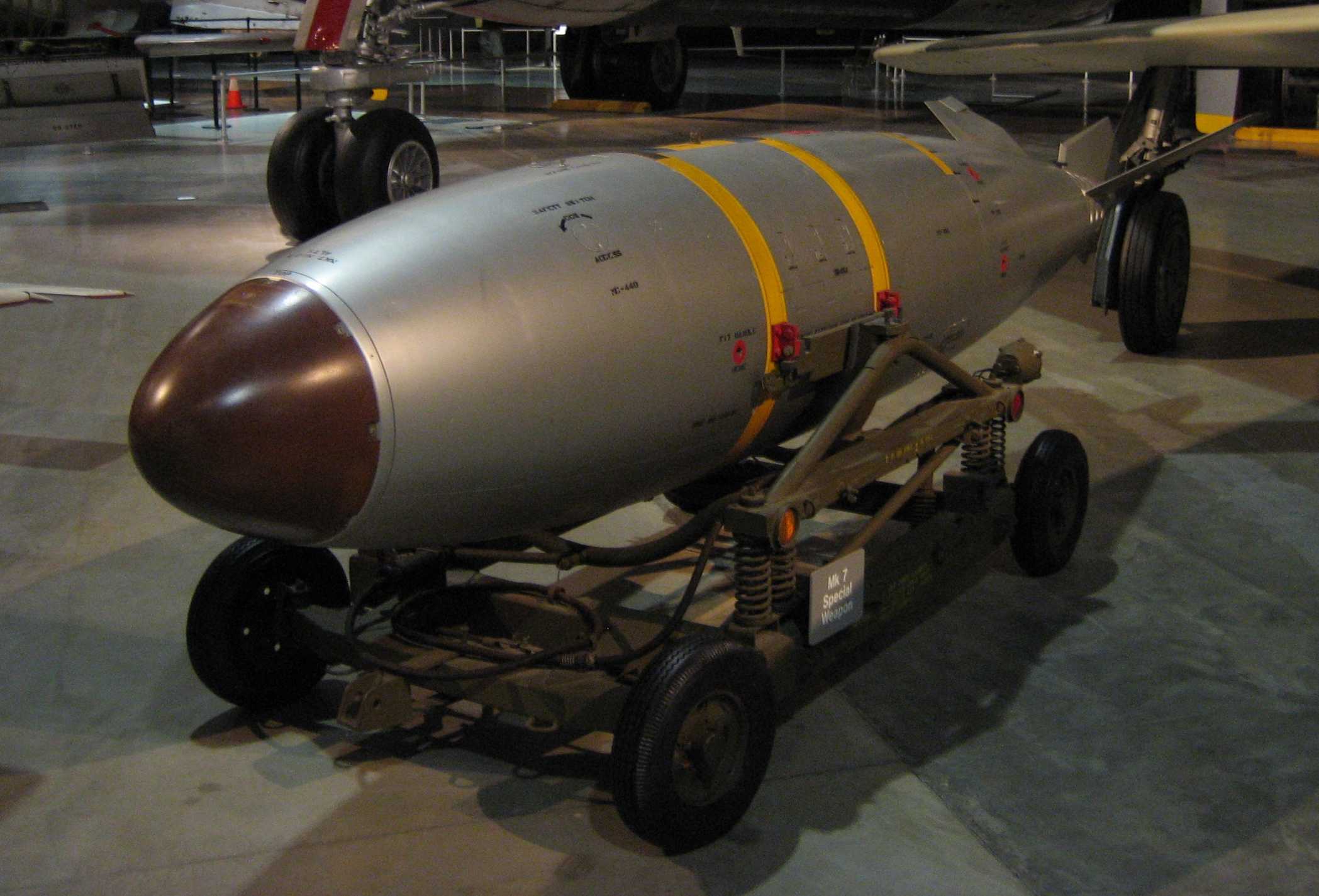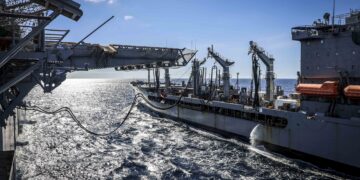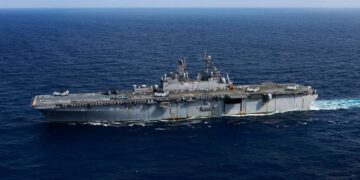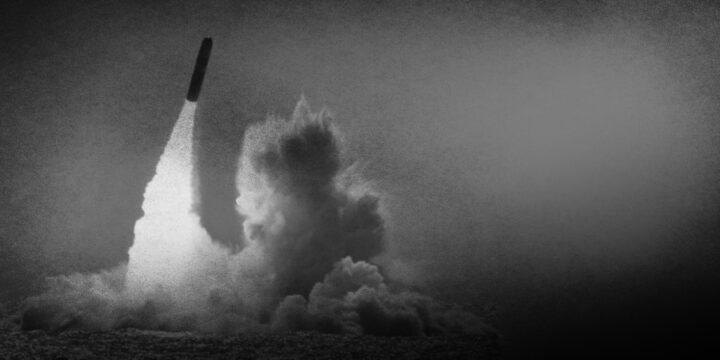June 29, 2024
The Cold War may be over, but our stalemate on nuclear testing must remain strong

The Pentagon is currently in the throes of a generational modernization program for the U.S. nuclear triad—comprising air, sea and land-based nuclear strike capabilities—that could cost taxpayers an estimated $1 trillion over 30 years.
The effort is vast. It includes the introduction of a new strategic bomber, a new ballistic missile submarine and a new intercontinental ballistic missile (ICBM) system. While the B-21 Raider, the newest element of the triad’s air leg, has proven itself a rare example of a cost-effective defense procurement, the modernization program’s sea and land legs haven’t been so fortunate. Progress on the Navy’s new ballistic missile submarine, the Columbia class, has been disrupted by an inadequate defense industrial base, while the upcoming LGM-35 Sentinel ICBM was recently scandalized by the disclosure of fresh cost overruns.
But there’s one worrying dimension of the U.S. modernization effort that has failed to get sufficient attention—the new W93 nuclear warhead and its implications for the future of nuclear testing.
More on Western Hemisphere

Featuring Daniel DePetris
October 28, 2025

Featuring Jennifer Kavanagh
October 27, 2025

Featuring Jennifer Kavanagh and Daniel DePetris
October 23, 2025

Featuring Daniel Davis
October 18, 2025





